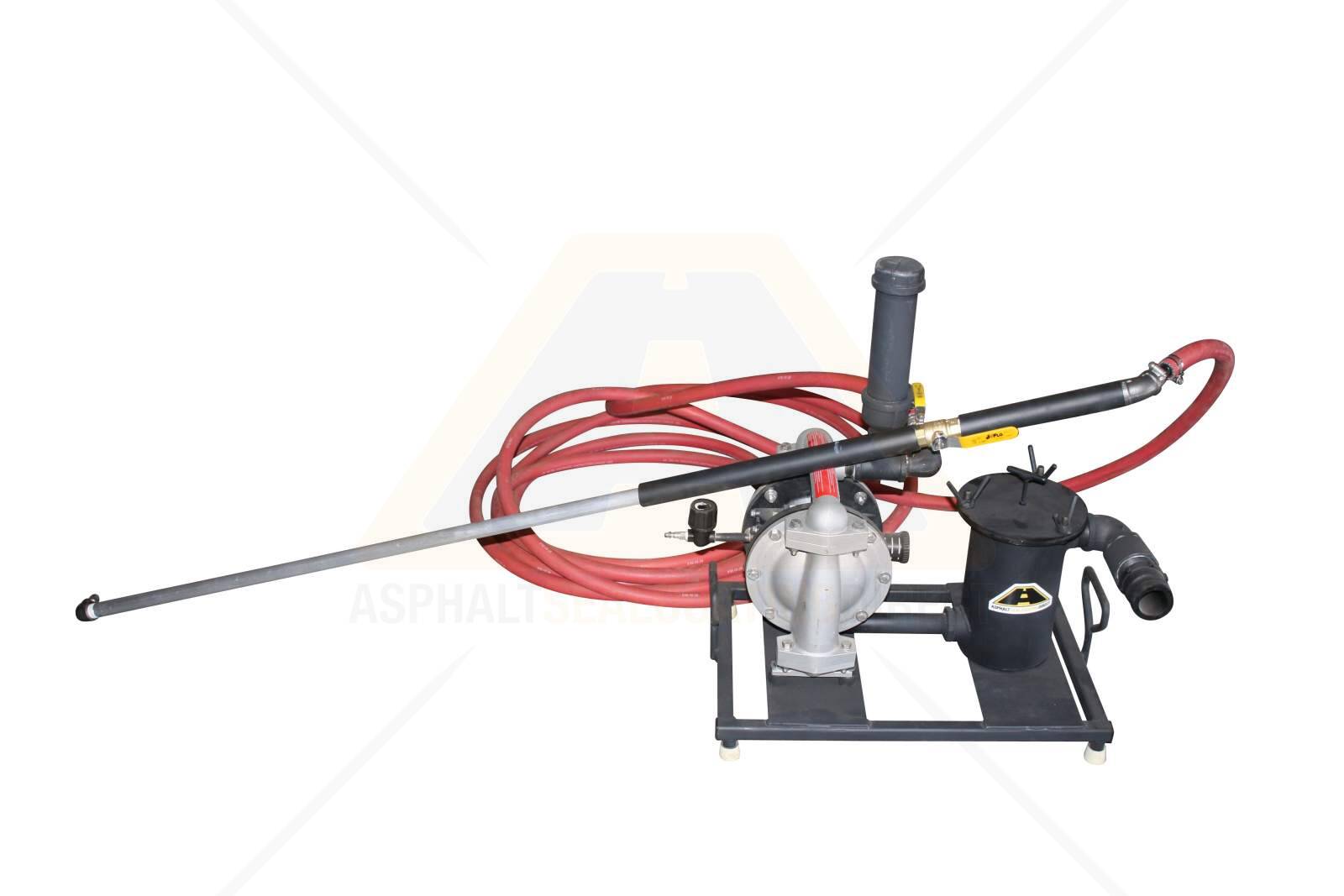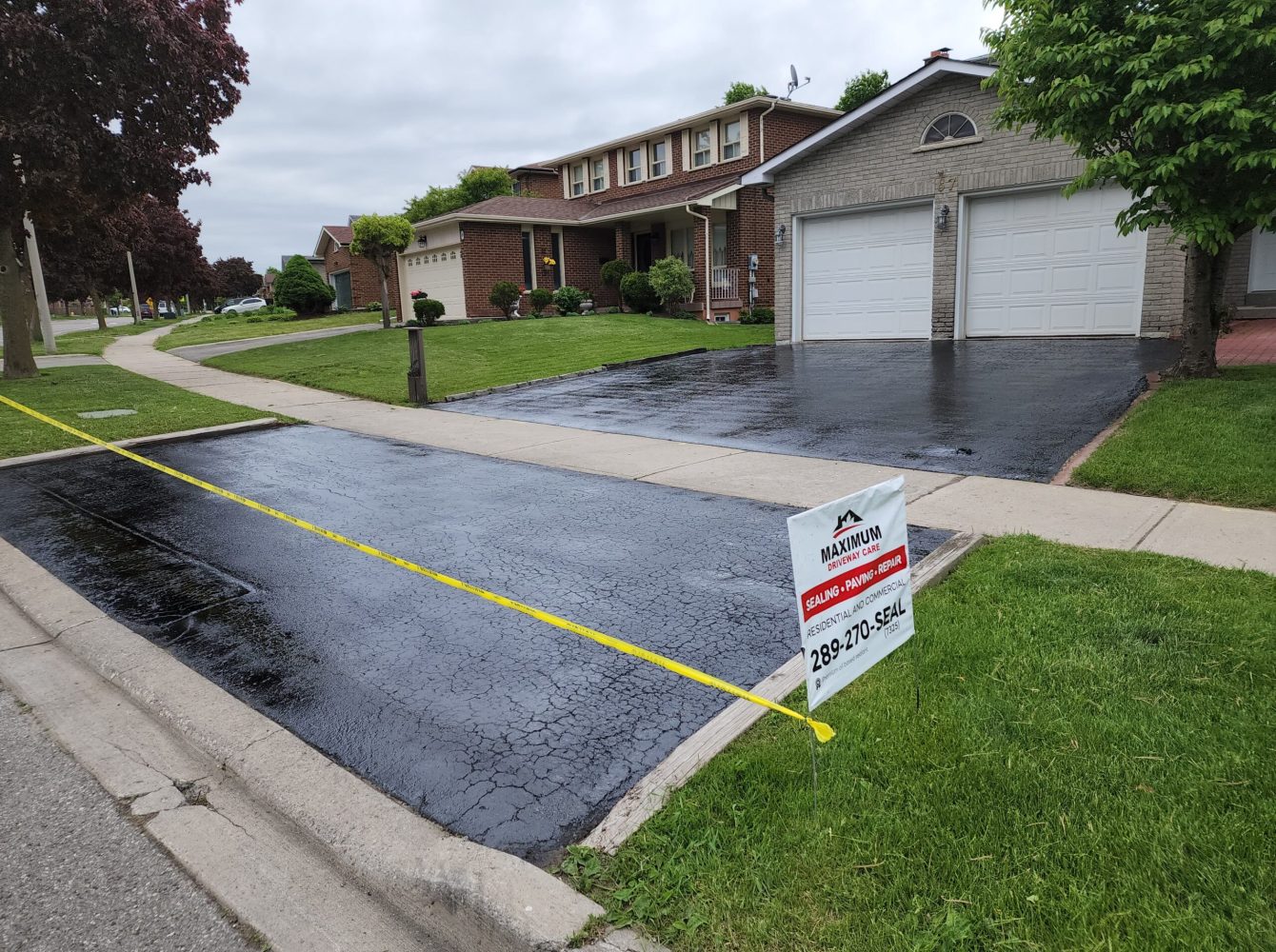Maximize Financial Investment Returns: Angled Car Park Excellence with Asphalt Sealing
Maximize Financial Investment Returns: Angled Car Park Excellence with Asphalt Sealing
Blog Article
Hot Mix Asphalt: A Sustainable Solution for Sidewalk
Hot Mix Asphalt (HMA) has actually arised as a leading sustainable selection for sidewalk solutions, using a myriad of environmental advantages and ingenious technologies. As the need for eco-friendly building and construction practices expands, exploring the nuances of HMA's sustainability can give useful insights right into the future of sidewalk services.
Ecological Benefits of Hot Mix Asphalt

Moreover, Warm Mix Asphalt assists to minimize metropolitan warmth island effects. Its dark shade absorbs sunlight, reducing the amount of warmth reflected back right into the ambience compared to lighter-colored sidewalks. This can decrease ambient temperatures in city areas, reducing the demand for cooling and ultimately minimizing power consumption.
Additionally, Hot Mix Asphalt adds to boosted stormwater monitoring. Its porous nature allows water to charge and penetrate the sidewalk groundwater products, lowering drainage and the risk of flooding. These environmental benefits make Hot Mix Asphalt a sustainable choice for paving freeways and roadways.
Power Performance in HMA Manufacturing
Is energy effectiveness an essential aspect in the production of Warm Mix Asphalt (HMA)? Absolutely. Power plays a substantial role in the production of HMA, affecting both cost and ecological sustainability. One key aspect of energy performance in HMA manufacturing is the usage of cozy mix asphalt (WMA) modern technologies (commercial parking lot paving). WMA enables the mixing and placement of asphalt at reduced temperature levels contrasted to standard hot mix asphalt, resulting in reduced power intake during production. This procedure not just reduces fuel use however likewise lowers greenhouse gas exhausts, making it an extra ecologically friendly alternative.
Moreover, developments in plant modern technologies have led to even more energy-efficient HMA production procedures. Modern plants are developed with attributes like recycled asphalt pavement (RAP) handling abilities, efficient heater systems, and improved insulation, all adding to power cost savings. By optimizing power usage in HMA manufacturing, the market can lower its carbon footprint while keeping premium sidewalk materials. Power effectiveness is, as a result, a vital consideration in ensuring the sustainability of Hot Mix Asphalt manufacturing.
Recyclability of Hot Mix Asphalt
The recyclability of Warm Mix Asphalt (HMA) is a crucial aspect of its sustainability and long-lasting ecological influence. HMA is just one of the most recycled materials in the United States, with over 100 million lots of reclaimed asphalt pavement (RAP) being reused every year in brand-new sidewalk from this source construction. Recycling HMA provides a number of ecological advantages, such as lowering the need for virgin materials, lowering energy consumption during manufacturing, and lowering the quantity of waste sent out to landfills.
The process of reusing HMA includes grating the existing sidewalk, crushing it into smaller pieces, and blending it with new aggregate and asphalt binder to develop a recycled mix. On the whole, the recyclability of HMA plays a substantial function in promoting lasting methods within the pavement sector.

Long-Term Performance of HMA
Asphalt sidewalks show longevity and resilience over an extended period, reflecting the long-term performance of Hot Mix Asphalt (HMA) The longevity of HMA can be attributed to its ability to withstand heavy traffic loads, harsh climate condition, and the results of aging. Researches have actually shown that well-designed and correctly constructed HMA pavements can last for 20 years or more with normal upkeep. The secret to taking full advantage of the long-lasting performance of HMA hinges on making use of top notch products, complying with best practices in building and construction, and carrying out efficient maintenance strategies. Correct drain, routine inspections, and prompt repair services are necessary for protecting the structural honesty of HMA pavements over time. In addition, improvements in HMA innovation, such as using polymer-modified binders and cozy mix asphalt, have better improved the resilience and long life of HMA pavements. By prioritizing top quality building and upkeep techniques, HMA continues to show itself as a lasting and affordable remedy for resilient sidewalk framework.

HMA: Durability and Sustainability
Showing both sturdiness and sustainability, Hot Mix Asphalt (HMA) has become a keystone in the building of long-lasting sidewalk infrastructures - commercial parking lot paving. HMA's sturdiness stems from its capability to withstand hefty loads, extreme climate condition, and high website traffic volumes, making it a trusted option for highways, highways, and flight terminal runways. The structure of HMA, which typically includes accumulations, binder, and filler, plays a vital duty in improving its long life and resistance to tear and use
In addition, HMA's sustainability lies in its recyclability and energy-efficient manufacturing procedure. The ability to recycle reclaimed asphalt sidewalk (RAP) in new HMA blends decreases the need for virgin products and decreases the ecological influence of pavement building and upkeep. Furthermore, the power performance of producing HMA hinges on its reduced blending temperatures compared to other pavement see page materials, causing lowered power consumption and greenhouse gas emissions.
Conclusion
To conclude, warm mix asphalt (HMA) uses a lasting option for sidewalk with its eco-friendly features. HMA's recyclability, power performance in manufacturing, and lasting durability make it an environment-friendly selection for roadway building and construction. By preserving natural resources, lowering waste, and lowering greenhouse gas exhausts, HMA plays a crucial role in advertising sustainability in framework growth. Its capacity to minimize city warmth island impacts even more underscores its importance in creating resilient and environmentally conscious sidewalk systems.
HMA is one of the most recycled products in the United States, with over 100 million heaps of reclaimed asphalt sidewalk (RAP) being reused each year in new pavement building.The process of reusing HMA involves crushing the existing pavement, squashing it into smaller sized pieces, and blending it with brand-new aggregate and asphalt binder to develop a recycled mix.Asphalt pavements show sturdiness and resilience over a prolonged discover here duration, showing the lasting performance of Warm Mix Asphalt (HMA) Additionally, improvements in HMA technology, such as the usage of polymer-modified binders and warm mix asphalt, have actually even more boosted the sturdiness and longevity of HMA sidewalks. The capability to recycle reclaimed asphalt sidewalk (RAP) in brand-new HMA mixes minimizes the demand for virgin materials and lessens the environmental impact of sidewalk building and construction and maintenance.
Report this page